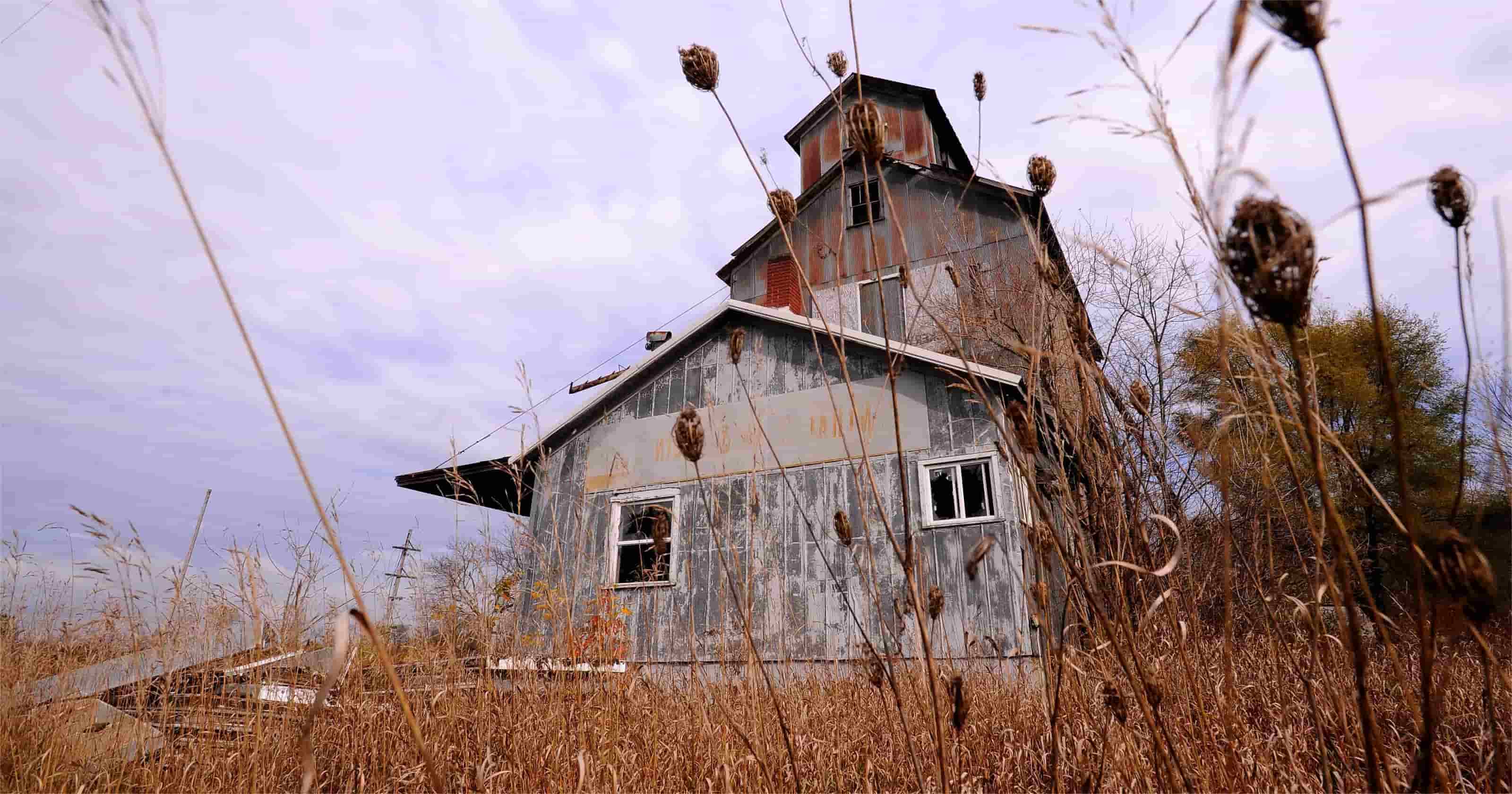Michigan’s Ghost Towns And Logging Camps You Never Knew Existed

Have you ever wondered about the hidden history of Michigan? Michigan's ghost towns and logging camps offer a glimpse into a past filled with adventure and hard work. These forgotten places once buzzed with life during the logging boom but now stand silent, waiting for curious explorers. From the eerie remnants of Fayette to the overgrown paths of Pere Cheney, each site tells a unique story. Whether you're a history buff or just love a good mystery, visiting these spots can feel like stepping back in time. Ready to uncover the secrets of Michigan's past? Let's dive into the fascinating world of ghost towns and logging camps.
Michigan's Hidden Ghost Towns
Michigan, known for its Great Lakes and bustling cities, also hides a fascinating past. Ghost towns and abandoned logging camps dot the landscape, each with unique stories. Let's uncover some of these forgotten places.
1. Fayette
Fayette, located on the Garden Peninsula, was once a bustling iron-smelting town. Established in the 1860s, it thrived for about 20 years before the iron market collapsed. Today, Fayette Historic State Park preserves the town's remnants, including furnaces, homes, and a hotel.
2. Central Mine
Central Mine, in the Keweenaw Peninsula, was a booming copper mining town in the mid-1800s. At its peak, it housed over 1,200 residents. The mine closed in 1898, and the town was abandoned. Visitors can explore the remaining buildings and learn about the town's history at the Central Mine Visitor Center.
3. Singapore
Singapore, near Saugatuck, was a thriving lumber town in the 1830s. The town's demise came when the lumber industry declined, and shifting sands buried the town. Today, only a few remnants remain, but the story of Singapore lives on in local lore.
Abandoned Logging Camps
Logging was a major industry in Michigan during the 19th and early 20th centuries. Many logging camps sprang up, only to be abandoned when the timber ran out. These camps offer a glimpse into the rugged life of early loggers.
4. Camp Au Sable
Camp Au Sable, located in the Huron National Forest, was a bustling logging camp in the early 1900s. The camp was abandoned when the timber was exhausted. Today, visitors can hike the trails and see the remains of the camp, including old cabins and equipment.
5. Camp 10
Camp 10, in the Ottawa National Forest, was another significant logging camp. Established in the early 1900s, it housed hundreds of loggers. The camp was abandoned in the 1920s, but remnants of the buildings and machinery can still be found.
6. Camp 8
Camp 8, also in the Ottawa National Forest, was a smaller logging camp. It operated briefly in the early 1900s before being abandoned. Visitors can explore the site and imagine the daily life of the loggers who once worked there.
Forgotten Mining Towns
Mining was another key industry in Michigan's history. Many towns sprang up around mines, only to be abandoned when the resources were depleted. These towns offer a glimpse into Michigan's mining past.
7. Quincy Mine
Quincy Mine, near Hancock, was one of the most successful copper mines in Michigan. The town around the mine thrived in the late 1800s and early 1900s. When the mine closed in 1945, the town was abandoned. Today, visitors can tour the mine and see the remaining buildings.
8. Clifton
Clifton, in the Keweenaw Peninsula, was a bustling mining town in the mid-1800s. The town grew around the Cliff Mine, one of the first successful copper mines in the area. When the mine closed in 1870, the town was abandoned. Visitors can explore the ruins and learn about the town's history.
9. Phoenix
Phoenix, also in the Keweenaw Peninsula, was another copper mining town. Established in the 1840s, it thrived for several decades before the mine closed. The town was abandoned, but visitors can still see the remaining buildings and learn about its history at the Phoenix Church Museum.
Conclusion
Michigan's ghost towns and abandoned logging camps offer a fascinating glimpse into the state's past. Each site has a unique story, waiting to be discovered by those willing to explore.
Hidden Gems of Michigan
Michigan's ghost towns and logging camps offer a unique glimpse into the past. These forgotten places tell stories of booming industries, hard-working communities, and the inevitable decline that followed. Exploring these sites can be both educational and adventurous, giving you a deeper appreciation for the state's rich history.
From the eerie remains of Fayette to the overgrown paths of Pere Cheney, each location has its own tale. Visiting these spots can be a great way to connect with history while enjoying Michigan's natural beauty. Whether you're a history buff or just looking for a unique day trip, these hidden gems are worth the visit.
Next time you're planning an adventure, consider stepping off the beaten path. Michigan's ghost towns and logging camps are waiting to be rediscovered. Happy exploring!

